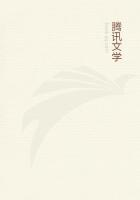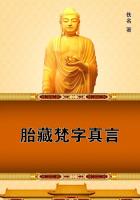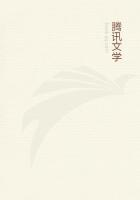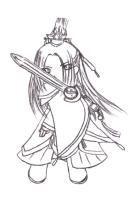They imagine,that although beauty in general is annexed to no certain measures common to the several kinds of pleasing plants and animals;yet that there is a certain proportion in each species absolutely essential to the beauty of that particular kind.If we consider the animal world in general,we find beauty confined to no certain measures:but as some peculiar measure and relation of parts is what distinguishes each peculiar class of animals,it must of necessity be,that the beautiful in each kind will be found in the measures and proportions of that kind;for otherwise it would deviate from its proper species,and become in some sort monstrous:however,no species is so strictly confined to any certain proportions,that there is not a considerable variation amongst the individuals;and as it has been shown of the human,so it may be shown of the brute kinds,that beauty is found indifferently in all the proportions which each kind can admit,without quitting its common form;and it is this idea of a common form that makes the proportion of parts at all regarded,and not the operation of any natural cause:indeed a little consideration will make it appear,that it is not measure,but manner,that creates all the beauty which belongs to shape.What light do we borrow from these boasted proportions,when we study ornamental design?It seems amazing to me,that artists,if they were as well convinced as they pretend to be,that proportion is a principal cause of beauty,have not by them at all times accurate measurements of all sorts of beautiful animals to help them to proper proportions,when they would contrive anything elegant;especially as they frequently assert that it is from an observation of the beautiful in nature they direct their practice.I know that it has been said longasince,and echoed backward and forward from one writer to another a thousand times,that the proportions of building have been taken from those of the human body.
To make this forced analogy complete,they represent a man with his arms raised and extended at full length,and then describe a sort of square,as it is formed by passing lines along the extremities of this strange figure.But it appears very clearly to me,that the human figure never supplied the architect with any of his ideas.For,in the first place,men are very rarely seen in this strained posture;it is not natural to them;neither is it at all becoming.Secondly,the view of the human figure so disposed,does not naturally suggest the idea of a square,but rather of a cross;as that large space between the arms and the ground must be filled with something before it can make anybody think of a square.
Thirdly,several buildings are by no means of the form of that particular square,which are notwithstanding planned by the best architects,and produce an effect altogether as good,and perhaps a better.And certainly nothing could be more unaccountably whimsical,than for an architect to model his performance by the human figure,since no two things can have less resemblance or analogy,than a man and a house,or temple:do we need to observe,that their purposes are entirely different?What I am apt to suspect is this:that these analogies were devised to give a credit to the work of art,by showing a conformity between them and the noblest works in nature;not that the latter served at all to supply hints for the perfection of the former.And I am the more fully convinced,that the patrons of proportion have transferred their artificial ideas to nature,and not borrowed from thence the proportions they use in works of art;because in any discussion of this subject they always quit as soon as possible the open field of natural beauties,the animal and vegetable kingdoms,and fortify themselves within the artificial lines and angles of architecture.For there is in mankind an unfortunate propensity to make themselves,their views,and their works,the measure of excellence in everything whatsoever.Therefore,having observed that their dwellings were most commodious and firm when they were thrown into regular figures,with parts answerable to each other;they transferred these ideas to their gardens;
they turned their trees into pillars,pyramids,and obelisks;they formed their hedges into so many green walls,and fashioned their walks into squares,triangles,and other mathematical figures,with exactness and symmetry;and they thought,if they were not imitating,they were at least improving nature,and teaching her to know her business.But nature has at last escaped from their discipline and their fetters;and our gardens,if nothing else,declare we begin to feel that mathematical ideas are not the true measures of beauty.And surely they are full as little so in the animal as the vegetable world.

